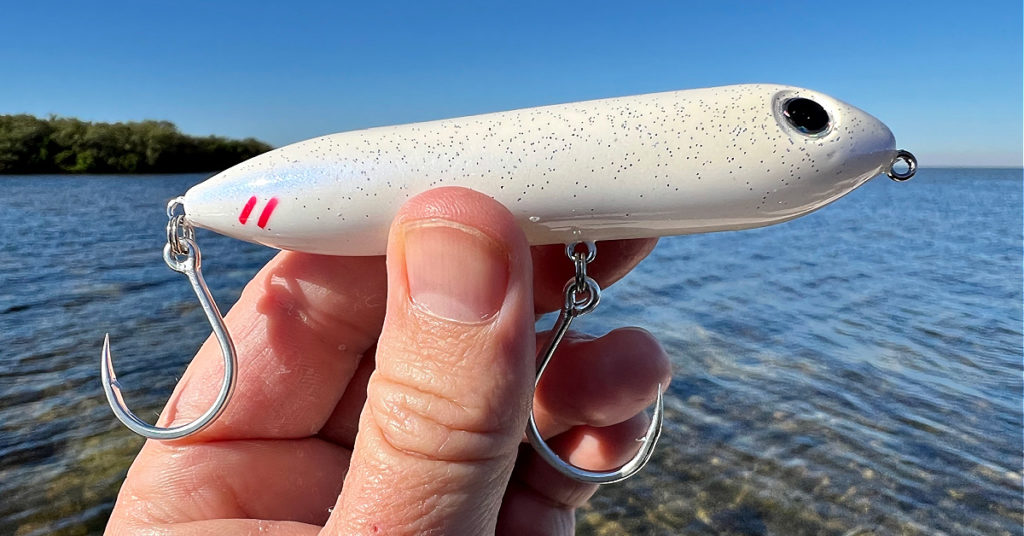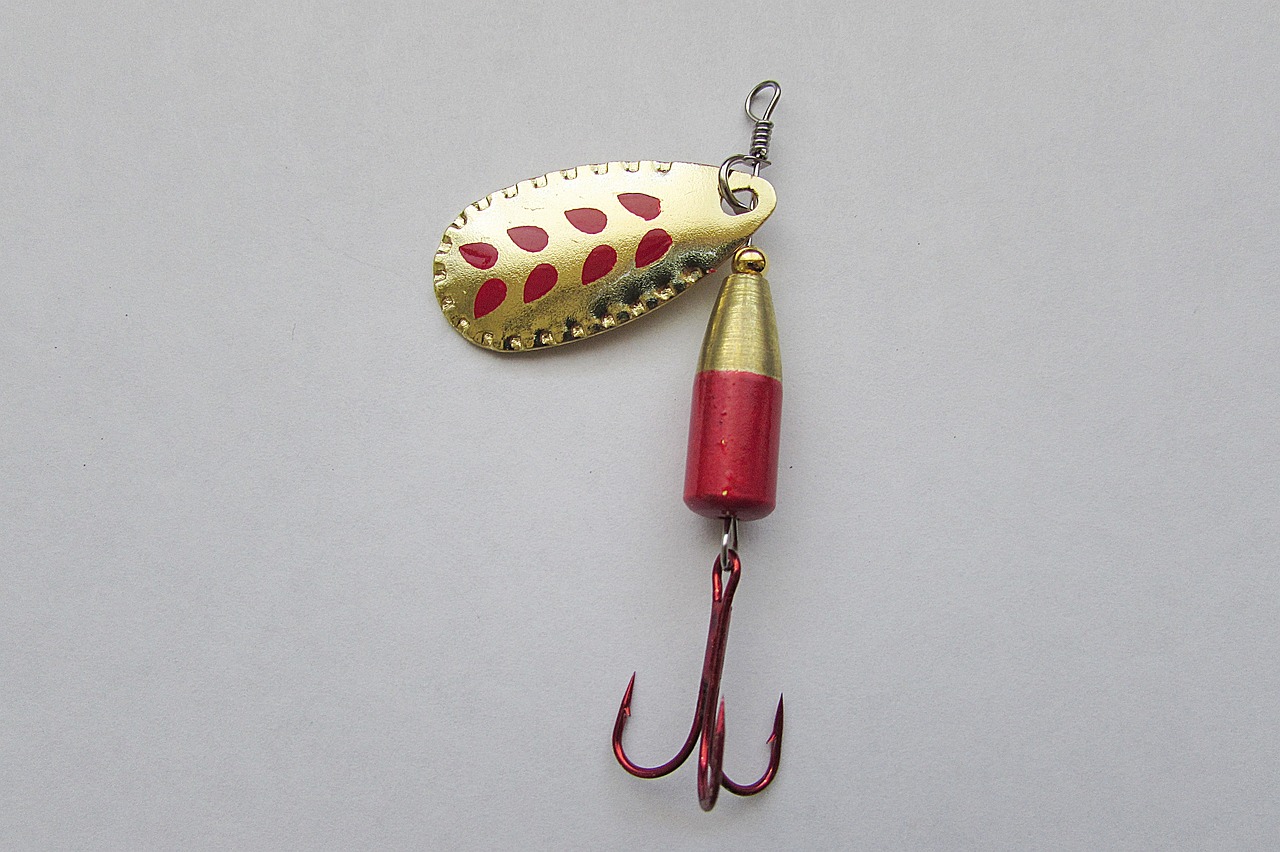What is the Best Fake Bait for Fishing? A Comprehensive Guide,Fishing is a timeless activity that has been practiced for centuries. Whether you’re a seasoned angler or a novice, one question remains constant: What is the best fake bait for fishing? This article will explore this question in depth, discussing various types of artificial baits and their effectiveness in different fishing conditions.

Photo by PIX1861 on Pixabay
1. Understanding Artificial Baits
To answer the question, “What is the best fake bait for fishing?”, one must first understand what artificial baits are. Unlike live baits, which are living organisms used to lure fish, artificial baits are man-made lures designed to mimic the appearance, movement, and sometimes even the scent of live prey.
1.1 Types of Artificial Baits
Artificial baits come in various shapes, sizes, and colors, each designed to attract different species of fish. Here are some common types of artificial baits used in lake fishing:
- Soft Plastic Baits: These include worms, grubs, and other creature-like baits. They are often used due to their life-like texture and flexibility, which can effectively mimic the movement of live prey.
- Spinnerbaits and Buzz Baits: These baits have one or more spinning blades that create vibrations in the water, attracting predatory fish like bass and pike.
- Crankbaits and Plugs: These hard-bodied lures are designed to look like wounded or struggling baitfish. They can be used at various depths, making them versatile for different fishing scenarios.
- Jigs: Jigs are weighted hooks with a lead head opposite the sharp tip. They can be dressed with various attachments like feathers or soft plastic bodies to make them more enticing to fish.
- Topwater Lures: As the name suggests, these lures are designed to float on the water surface, imitating creatures like frogs, mice, or insects that fish might prey upon near the surface.
All these artificial baits have their unique advantages and are suitable for different situations and target species. Therefore, it’s essential to understand your fishing conditions and the fish species you’re targeting to choose the most effective bait.
2. Identifying Target Fish Species
To choose the best fake bait for fishing, knowing your target fish species is crucial. Different fish species have different feeding habits and prey preferences, so understanding these can help you select the right artificial bait.
2.1 Walleye
Walleyes primarily feed on other fish like shiners and minnows. Therefore, artificial baits mimicking these species, such as shad or minnow imitations, can be highly effective for walleye fishing.
2.2 Bluegill
Bluegill fish are known to feed on a wide variety of live baits, including worms, insects, and small fish. When choosing artificial baits for bluegill fishing, consider those that imitate these food sources, such as grub or insect-like soft plastics.
2.3 Trout
Trout fish are predatory species that feed on a wide range of live baits, including worms, insects, and smaller fish. Therefore, artificial baits mimicking these prey, such as worm-like soft plastics or minnow-imitating lures, can be highly effective.

2.4 Catfish
Catfish are attracted to baits with strong scents. They feed on a variety of foods, including worms, minnows, and stink baits. Artificial baits designed to release strong scents or those mimicking the catfish’s natural prey can be highly effective.
2.5 Bass
Bass are one of the most popular targets for freshwater anglers. Both largemouth and smallmouth bass are known to prey on a variety of organisms, including shad, shiners, and minnows. Therefore, artificial baits imitating these species, such as soft plastic shad imitations or minnow-like crankbaits, can be highly effective.
2.6 Crappie
Crappie fish are predatory species that feed on a variety of smaller fish, insects, and crustaceans. Therefore, artificial baits mimicking these prey, such as minnow-imitating jigs or insect-like soft plastics, can be highly effective.
3. Considering Fishing Location
The location of your fishing expedition plays a crucial role in determining the best fake bait to use. Different water bodies house different fish species and therefore require different types of bait.
3.1 Lake Fishing
When fishing in a lake, consider the species of fish that inhabit that particular lake. For instance, if the lake is known to have a large population of bass, artificial baits like soft plastic worms or crankbaits would be ideal.
3.2 River Fishing
River fishing often involves dealing with fast-moving water, which can affect the behaviour of fish and hence the type of bait used. Spinnerbaits and buzz baits, which create vibrations and flashes, can be particularly effective in attracting fish in such conditions.
3.3 Pond Fishing
Pond fishing often targets smaller fish species like bluegill or crappie. Small-sized artificial baits like insect-imitating soft plastics or minnow-like jigs can be effective in such environments.
4. Seasonal Considerations
The time of year can significantly impact fish behavior, including their feeding habits. As a result, the effectiveness of different artificial baits can vary across seasons.
4.1 Spring
During spring, many fish species spawn, making them more aggressive. Brightly colored lures or those that make a lot of noise, such as crankbaits or spinnerbaits, can be effective during this season.
4.2 Summer
In the heat of summer, fish often seek deeper, cooler waters. Therefore, deep-diving lures like certain types of crankbaits or weighted soft plastics can be more effective.
4.3 Fall
During fall, many fish feed aggressively in preparation for winter. Topwater lures that mimic wounded or struggling prey can be particularly effective during this season.
4.4 Winter
In winter, fish often become less active and feed less frequently. Small, slow-moving baits that can be presented with a subtle action, such as jigs, can be most effective during this season.
5. Weather Impact
Like seasons, weather conditions can also significantly impact fish behavior and the effectiveness of different artificial baits.
5.1 Sunny Conditions
During bright, sunny conditions, fish often seek shade or deeper waters. Dark-colored baits that can create a strong silhouette against the bright sky can be more visible and attractive to fish.
5.2 Overcast Conditions
In overcast conditions, fish often roam more freely and feed aggressively. Brightly colored or flashy lures can be effective in attracting fish in such conditions.
5.3 Windy Conditions
Windy conditions can stir up the water, making it more challenging for fish to see the bait. In such conditions, noisy baits like spinnerbaits or buzz baits can be effective in attracting fish.
6. Checking State Fishing Regulations
Before embarking on your fishing expedition, it’s crucial to check your state’s fishing regulations. These regulations can include specific rules about the types of bait that can be used, the fishing methods allowed, and the seasons during which certain fish species can be targeted. Ensuring that you’re abiding by these regulations is not only important for preserving local fish populations but also for avoiding potential fines or penalties.
the answer to the question, “What is the best fake bait for fishing?” depends on a variety of factors, including the target fish species, the fishing location, the season, the weather conditions, and local fishing regulations. By considering all these factors and experimenting with different types of artificial baits, you can increase your chances of a successful fishing expedition. Happy fishing!

